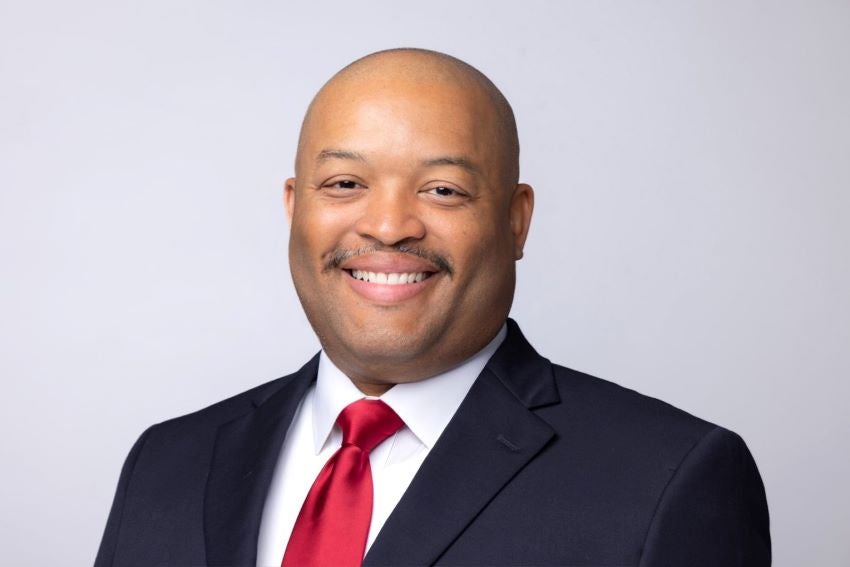Article
Strategic Staffing: Part 4—Special Education
The fourth article of our strategic staffing series focuses on special education services which can be compared to state averages and recommended benchmarks.
Log In to Keep Reading
This information is exclusively for TASB members. Please log in to access the content.
Log in




